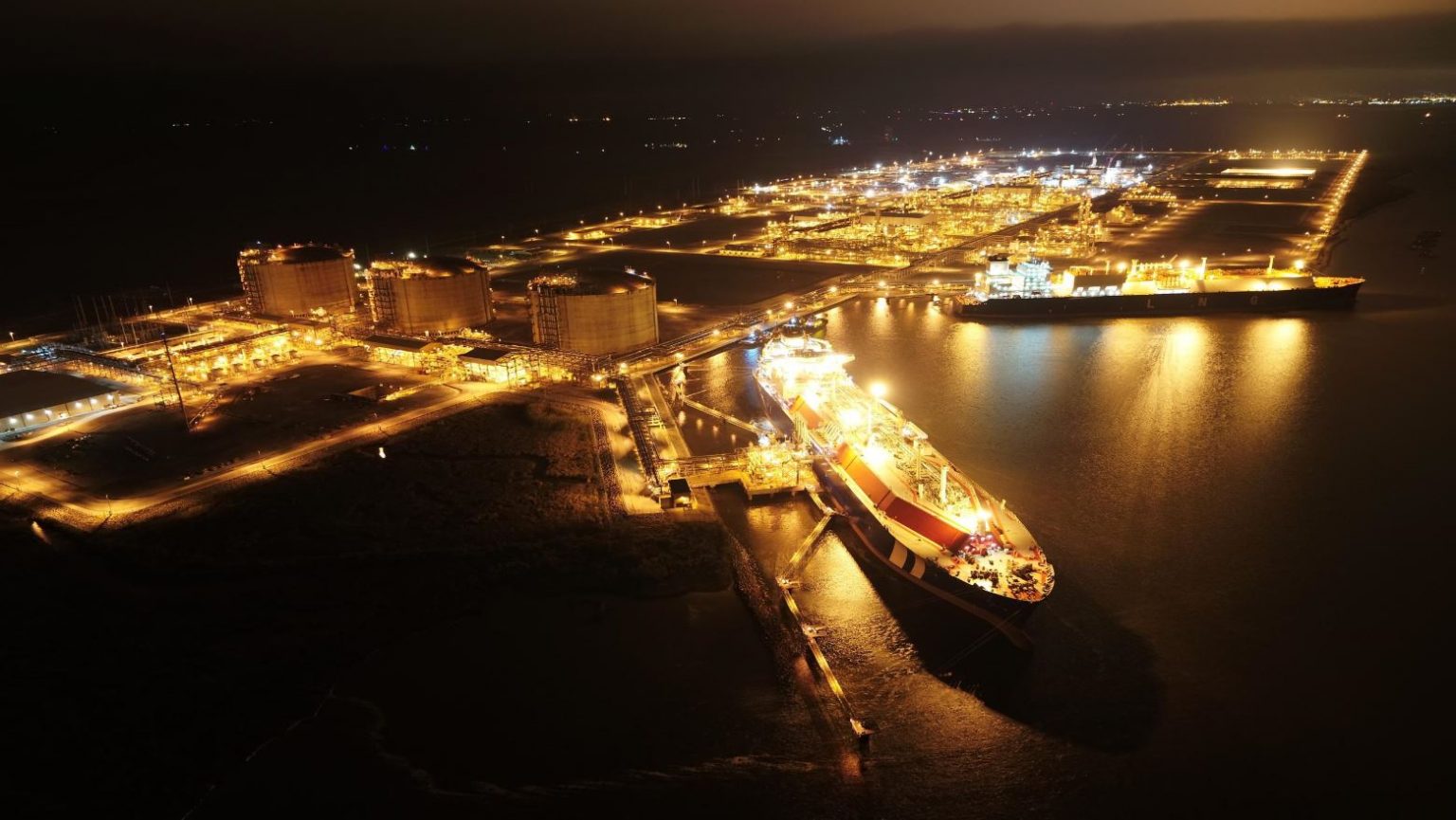Spot charter rates for the global liquefied natural gas (LNG) carrier fleet dropped below $60,000 per day, while European and Asian prices also continued to decline this week.
Last week, Spark30S Atlantic decreased to $83,500 per day, and the Spark25S Pacific decreased to $66,000 per day.
“LNG freight rates have fallen for the seventh consecutive week. The Spark30S Atlantic decreased by $26,500 (32 percent) to $57,000 per day, whilst the Spark25S Pacific decreased by $7,000 (11 percent) to $59,000 per day,” Qasim Afghan, Spark’s commercial analyst told LNG Prime on Friday.
Afghan said that the Atlantic freight prices have halved since the beginning of the year.

Spot rates are continuing to decline despite increasing reports of vessels diverting away from the Red Sea.
According to Spark, diverting a voyage via the Cape of Good Hope from the Arabian Gulf to North West Europe adds only $0.09 per MMBtu to the freight cost versus via Suez given Suez Canal savings, but increases laden voyage time by 9.5 days.
LNG ships are now favoring the Cape of Good Hope for safer passage.
On Thursday, no LNG vessels were transiting the Red Sea amid heightened tensions off the coast of Yemen, Kpler said.
Kpler data shows that 2-3 LNG tankers would usually pass the passage on a typical day.
Since January 15, over 11 vessels, including four Qatari cargoes headed for Europe, have taken the route via the Cape of Good Hope instead of the Red Sea, it said.
European, Asian prices down
In Europe, the SparkNWE DES LNG front month also continued to drop this week.
The NWE DES LNG for February delivery was assessed last week at 9.081 per MMBtu and at a $0.805 per MMBtu discount to the TTF.
“The SparkNWE DES LNG price for February delivery is assessed at $8.126/MMBtu and at a $0.745/MMBtu discount to the TTF,” Afghan said.

He said this is a $0.956/MMBtu decrease since last week and a $7.88 (49 percent) decline since the front month winter peak on October 13, 2023.
Levels of gas in storages in Europe remain high for this time of the year.
Data by Gas Infrastructure Europe (GIE) shows that gas storages in the EU were 77.47 percent full on January 17.
This week, JKM, the price for LNG cargoes delivered to Northeast Asia dropped when compared to the last week, according to Platts data.
JKM for March settled at $9.555/MMBtu on Thursday.
State-run Japan Organization for Metals and Energy Security (JOGMEC) said in a report earlier this week that Asian spot LNG prices continued to decline as inventories remain high across Northeast Asia, and demand remains weak and supply remains ample.

